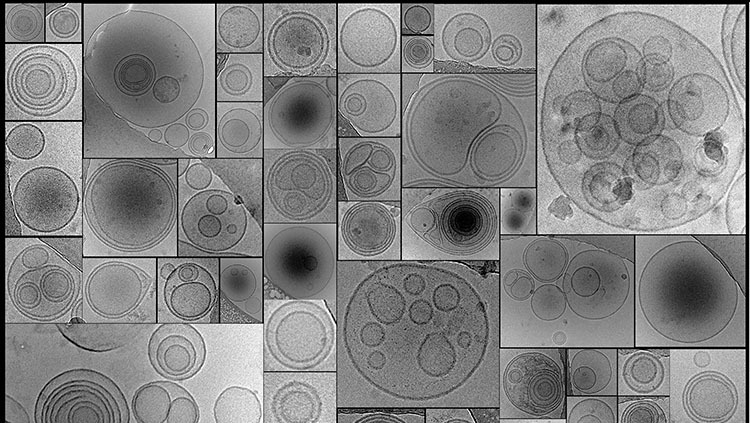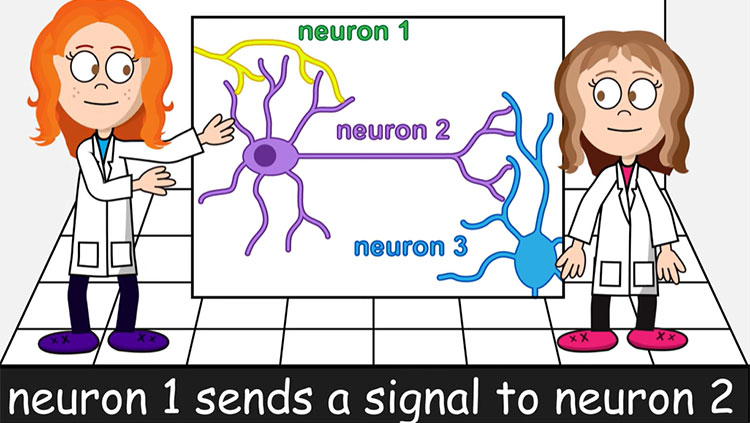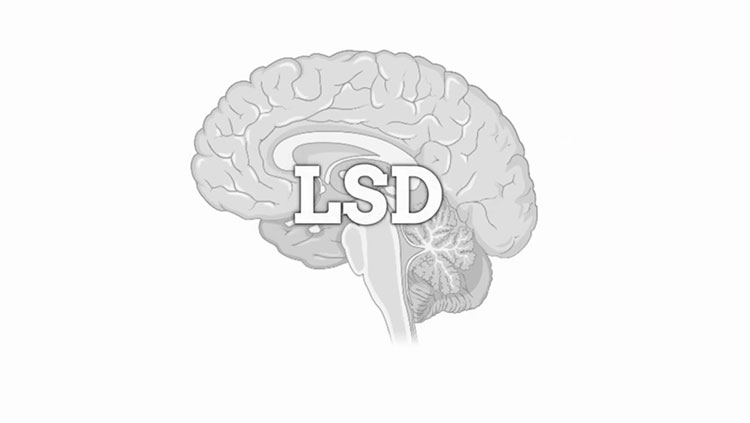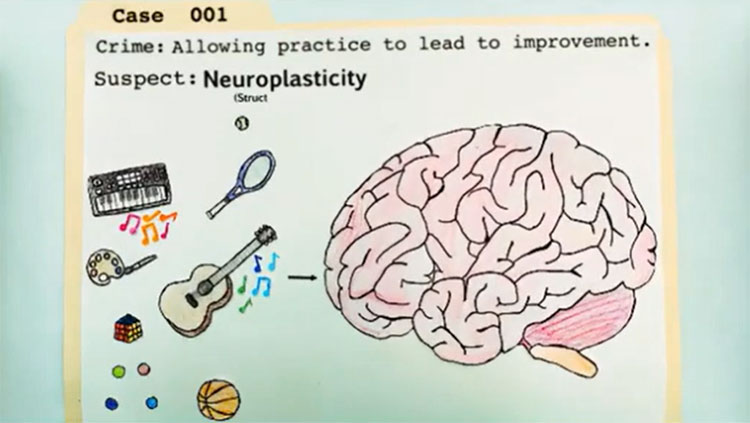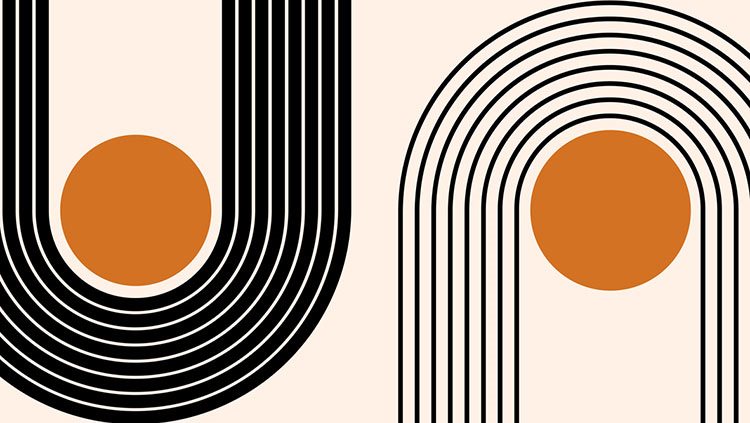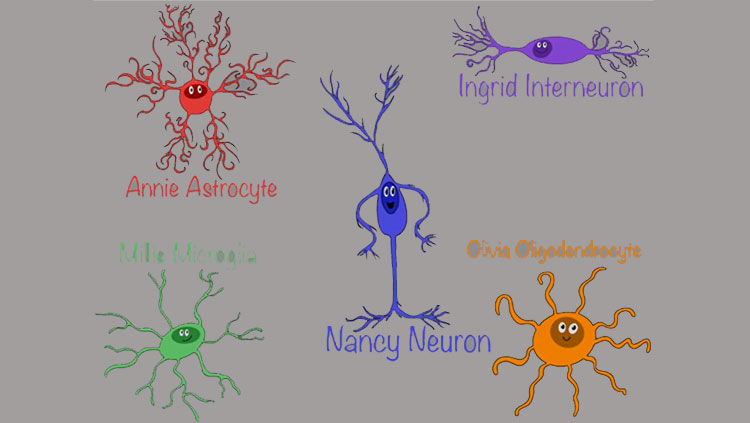Connecting the Dots
- Published29 Aug 2017
- Reviewed29 Aug 2017
- Source BrainFacts/SfN
This video takes a closer look at how grid cells and place cells in our brain give us a sense of where we are in space, and where we need to go. More specifically, it explores how grid cell firing patterns change when rats, and potentially humans too, explore two different spaces. These changes help us connect two places in our mind, and navigate between them.
Learn more about grid cells and place cells in this video, which took 2nd place in the 2017 Brain Awareness Video Contest. This video is by Lotte Stemerding, a graduate student in Cognitive Neuroscience at UCL, and her mentor Sophie Scott, a professor at the UCL Institute of Cognitive Neuroscience.
Want to see your video here? Learn more about the Brain Awareness Video Contest and start planning your submission today!
CONTENT PROVIDED BY
BrainFacts/SfN
Transcript
The vibrant city of London. Millions of people travel daily through its busy streets. To navigate well, we create mental maps of the city that help us find our way. But how are these maps represented in the brain? And how do we navigate between and connect two different places in our mind? In this video, I will take closer look at how our brain understands our location in space. Most experimental research on spatial navigation and memory is done in rats.
Through implants in their brains, we can record the activity of a single cell. In the brain, there are four important cell types that encode location and direction: place cells, grid cells, head direction cells, and border cells. All of these cells are found in or around the hippocampus, an important brain structure for memory. Place cells are found in the hippocampus. They are only active when the animal is in one specific location in space. Grid cells are found in the cortex surrounding the hippocampus. They fire at multiple locations in space and this form a neat pattern, telling the animal how far it’s travelled.
Head direction cells only fire when the animal is facing a certain direction, and border cells only fire at the border of a room. All these cells also communicate with each other. Although we still don’t fully understand how memory works, it is believed the patterns of activity and communication between these cells are stored while learning of exploring, and then these same patterns are repeated at later times to give the brain an idea of where in space you are and where you need to go.
This shows the activity of a single grid cell. You can see how, as the animal walks through the room, the grid cell firing forms a strong pattern. Recently, research has shown how these patterns can change to help the brain make better mental maps of space. I went to see researcher Francis Carpenter from the UCL cell biology lab to find out more about this research. So we tested this idea that grid cells do actually act as a ruler for space by recording from rats while they explored an environment which put the sensory inputs to grid cells in conflict with the self motion inputs which tell the rest of the brain how fast animal is moving, its velocity. So the environment had two boxes that were perceptually identical. They looked the same, they smelled the same.
So when you dropped the rat in one or the other the rat couldn't tell which box it was in. But they were also connected by a corridor so that if the animal ran from one box to the other via the corridor it could tell that obviously the boxes weren’t the same, there couldn’t be two identical boxes. What we found was that at the beginning of the experiments the grid cells had the same firing pattern in both, but as the rat gets more experience with the environment and it runs around between the boxes more often, the pattern forms a single continuous and global pattern that spans the two boxes. So grid cells change their firing patterns to connect two places that are next to each other. But what can this tell us about human navigation?
So we know humans have place cells and grid cells, so the analogy that we use to explain the result or that we think might happen in humans is that when you move to a new city, say you come to London for the first time, that you might get separate maps or separate representations in your brain for different areas. But if you then walked between them, just like the rats walk between the two boxes on the corridor in our experiment, then your brain can work out how these two separate maps relate to one another and can merge them together into a single representation which you can then use to navigate between the two areas. So the two maps come effectively to form a single one. Now you know how grid cells represent space in the brain. Hopefully this helps you understand a little bit more about how we form a sense of where we are and where we’re going.


